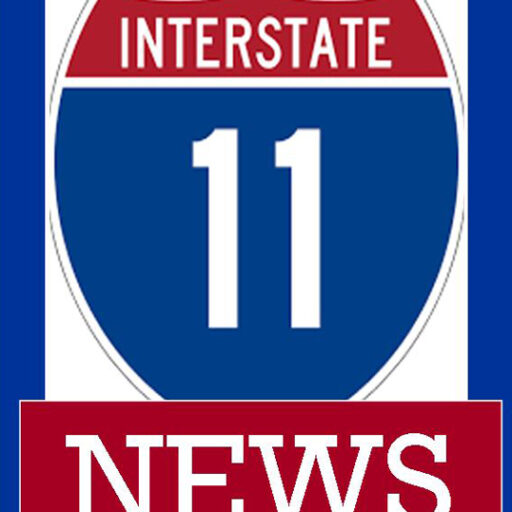As a civic leader in Boulder City, Kiernan McManus has seen his community work through the stages of grief as the I-11 bypass moved from talk, to planning, to construction and finally to the hanging of those red, white and blue interstate signs.
He knows all about the fears that the bypass would isolate the city of about 16,000 and ruin the economy. He knows all about the anger and the bargaining with state and federal officials about the route and the location of exits. He knows the feeling of helplessness as residents watched crews move the earth and lay down payment.
And today, as the city’s mayor, he’s really quite pleased with the calm and acceptance that has set in now that it’s clear the economy isn’t going to dry up and blow away.
Sure, McManus acknowledges, there are negative impacts. Those service stations aren’t selling as much fuel. Some of the restaurants report taking a hit. But construction of a new chain pharmacy is a clear sign that retailers still want to be part of Boulder City’s future.
Three years after the bypass opened, there really is light at the end of the tunnel.
The secret to the change of mindset is an aggressive policy of doing absolutely nothing.
It’s a strategy McManus heartily recommends for other communities facing the specter of the bypass.
McManus explains that Boulder City’s footprint includes all the land along the new interstate route. It controls the land use decisions. It could turn a quick profit by allowing services at the exits, but then no travel dollars would ever come into downtown.
A better plan, he argues, is to embrace the power of saying no to development at the exits. Signage now points the way to attractions and routes travelers down the rebranded Boulder City Parkway – essentially the pre-interstate route — past an array of locally owned service options.
“Fears have not been realized,” McManus reports.
Still, skirmishes linger. All that undeveloped land remains an attractive potential source of revenue. Some would like to allow a solar farm. Others see a hotel or a mall as assets, not threats to existing business.
Neighboring Henderson, which has land near the eastern edge of I-11, is pondering allowing some commercial development that could lure travelers.
McManus is a realist. He readily acknowledges Boulder City’s location gives it a huge advantage over other communities being threatened with an I-11 bypass. People live here because they want the advantages of Las Vegas without wanting to live there. That 30-minute drive is a comfortable buffer. His community can survive as an island.
Other communities along I-11 aren’t as lucky.
Allowing commercial development at the exit is a recipe for cannibalizing your downtown, he warns.
Instead, he recommends local leaders join him in the arcane study of interstate signage policies.
Many motorists recognize brown signs as conveying tourist information, but few realize there are two different flavors of brown signs — those identifying tourist facilities and those pointing the way to tourist attractions like museums, tours and tourist routes.
Then there are blue signs that offer tourist information, from emergency evacuation routes to every day user services like fuel, lodging and food.
When used wisely and together, they can spell dollars – and perhaps survival — for a local economy.
Categories: Nevada

